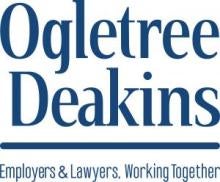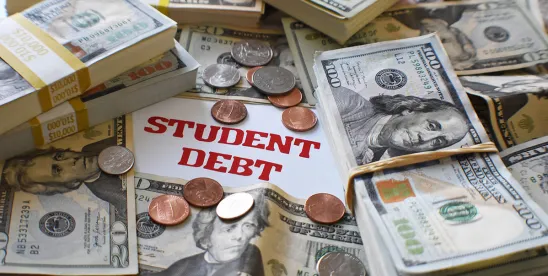Employers will be able to continue to exclude certain payments to employee student loans beyond 2025 and the cap will increase annually based on inflation, as part of several changes to student loan and repayment programs made by the comprehensive budget reconciliation bill signed into law by President Donald Trump on July 4, 2025.
Quick Hits
- The budget reconciliation bill signed on July 4, 2025, removes the sunset date on the employer exclusion for employee student loan repayment assistance, making the exclusion permanent.
- Further, the bill calls for the $5,250 annual cap on excludable payments to adjust with inflation moving forward, beginning with taxable year 2026.
- The employer exclusion changes come amid a revamp to student loan repayment assistance programs.
Permanent Exclusion for Employer Payments
One of the most significant changes under the legislation, H.R. 1, is the removal of the sunset date for the exclusion of employer payments toward student loans under a qualifying educational assistance program. This exclusion had been set to expire on January 1, 2026. However, H.R. 1 Section 70412 strikes this date out, meaning the exclusion is now permanent. As a result, employers can continue to make tax-free contributions to their employees’ student loans indefinitely.
Inflation Adjustment for Contribution Limits
Starting with 2027, the $5,250 annual limit on excludable employer payments toward student loans will be adjusted for inflation. This adjustment is aimed at keeping the value of the contributions on pace with the cost of living. The adjustment will be calculated based on the cost-of-living adjustment determined under Section 1(f)(3) of the Internal Revenue Code, with a base year substitution of “calendar year 2025” instead of “calendar year 2016.”
The changes mean the $5,250 limit will increase over time, enabling employers to potentially contribute more towards their employees’ student loans without incurring wage reporting and tax withholding obligations. Calculated increases will be rounded to the nearest multiple of $50, which could make the adjustment more straightforward to apply.
Income-Based Repayment Plan Changes
In addition to making the employer payment exclusion permanent, the budget reconciliation bill streamlines the federal student loan program, cutting some of the existing federal student loan repayment plans, including the SAVE, PAYE, IBR, and ICR plans. Under Section 82001, current borrowers enrolled in those programs must switch to a new plan for July 1, 2028. Effective July 1, 2026, borrowers will have a choice of following the standard repayment plan or the Repayment Assistance Plan, an income-based repayment plan.
Further, on July 9, 2025, the U.S. Department of Education announced that interest collection will resume on August 1, 2025, for the nearly 8 million borrowers currently enrolled in the Biden-era SAVE plan. The SAVE plan was an income-driven repayment plan for federal student loans.
Next Steps
While the adjustments to the employer payment exclusion does not kick in until 2026, employers may want to start taking steps to implement the changes with their employee student loan payment programs. With the exclusion for employer payments now permanent and the contribution limits set to adjust for inflation, employers have more flexibility to offer student loan repayment assistance programs. Moreover, with the rollback of certain income-driven repayment plans, employers may want to consider instituting such repayment assistance programs as part of their employee compensation and benefits packages to aid the recruitment and retention of talent.






 />i
/>i
